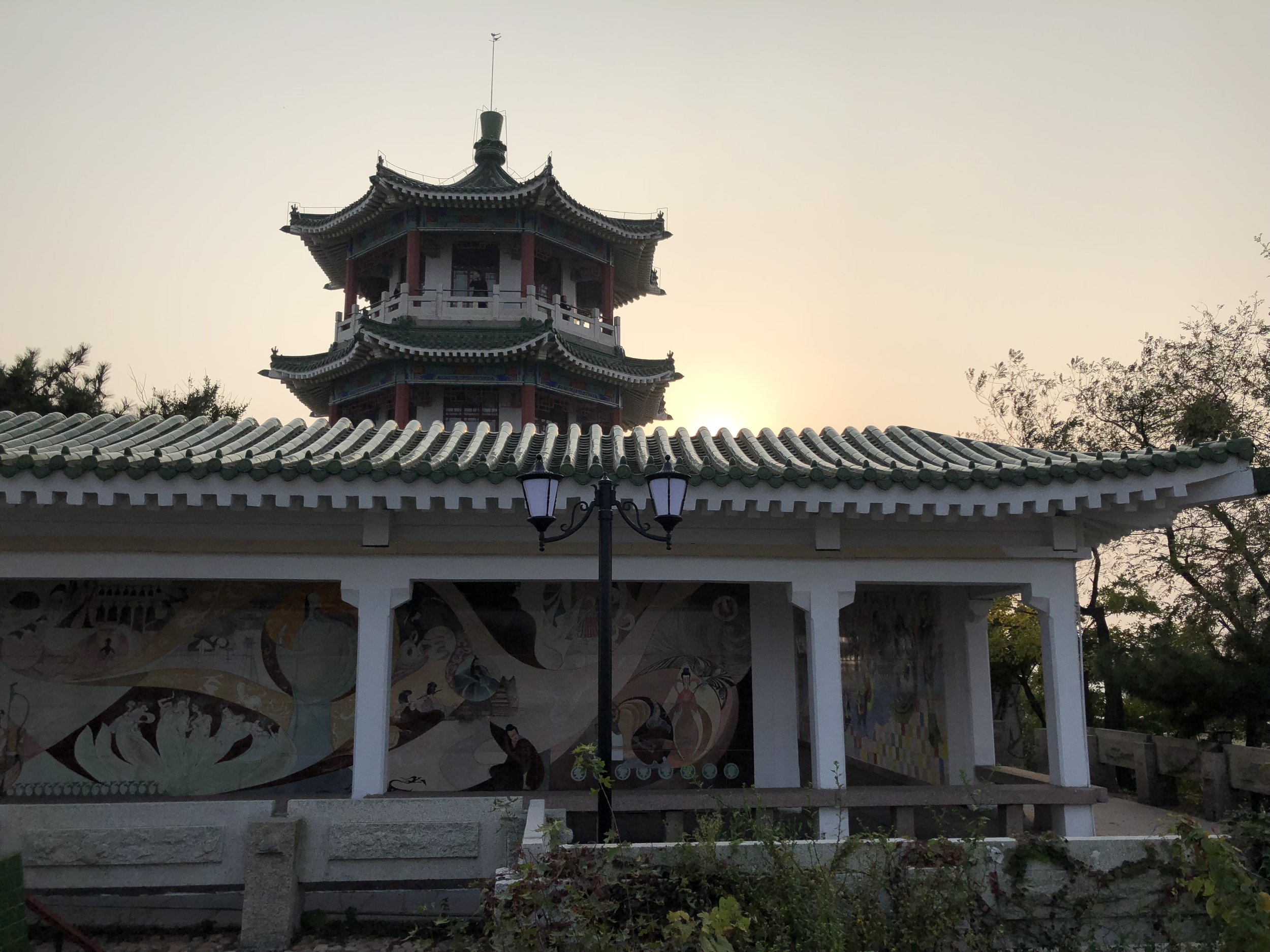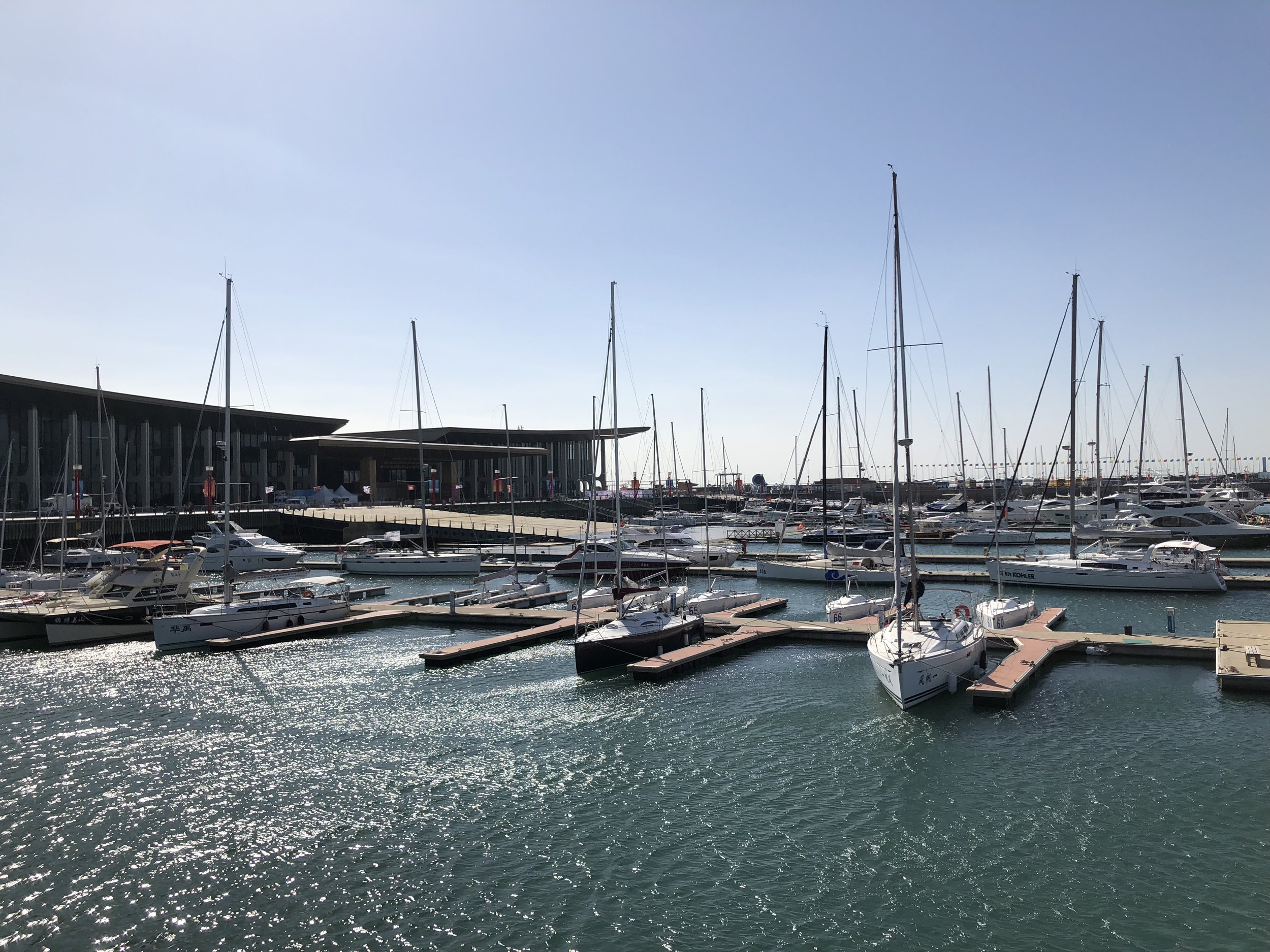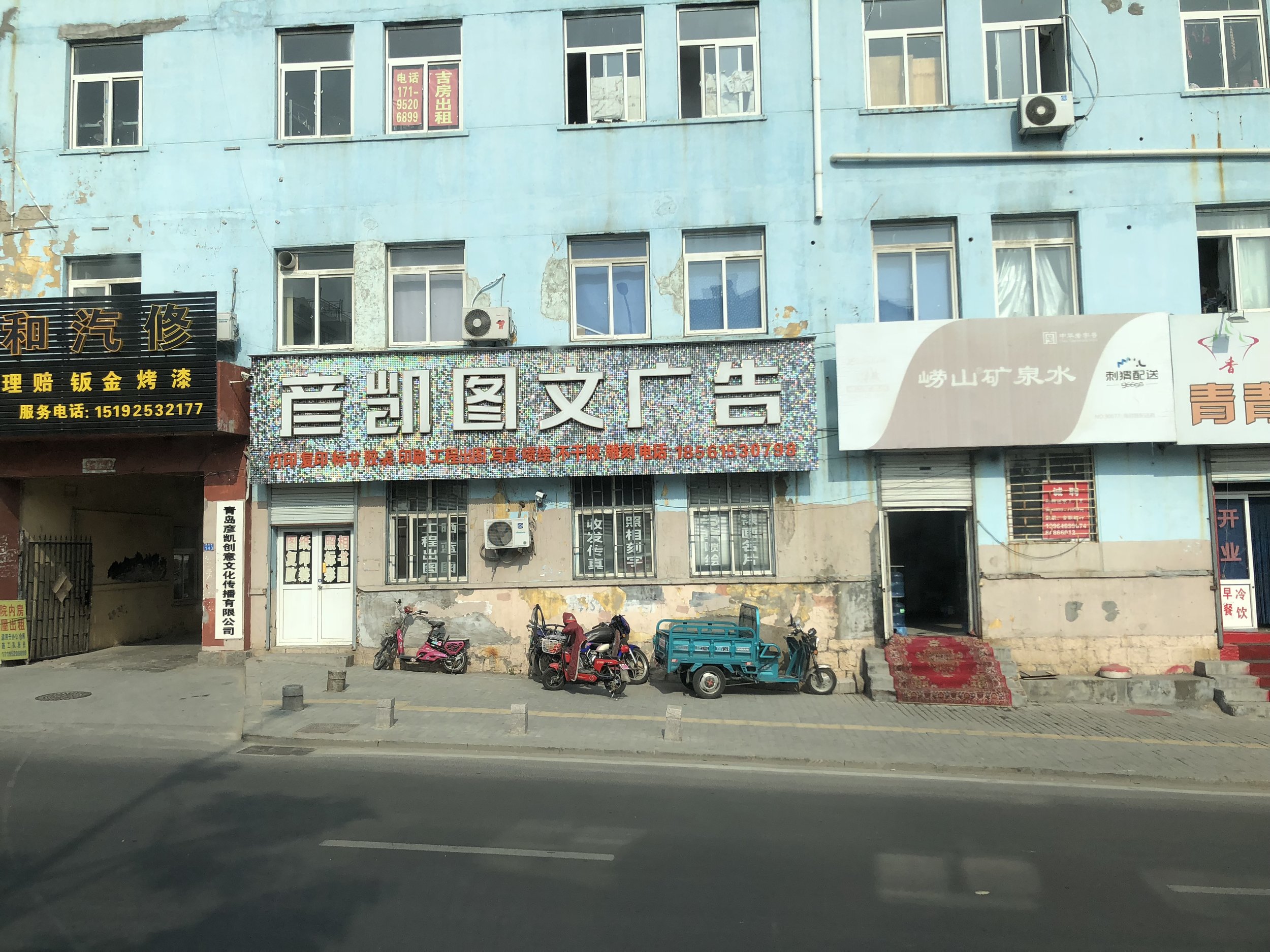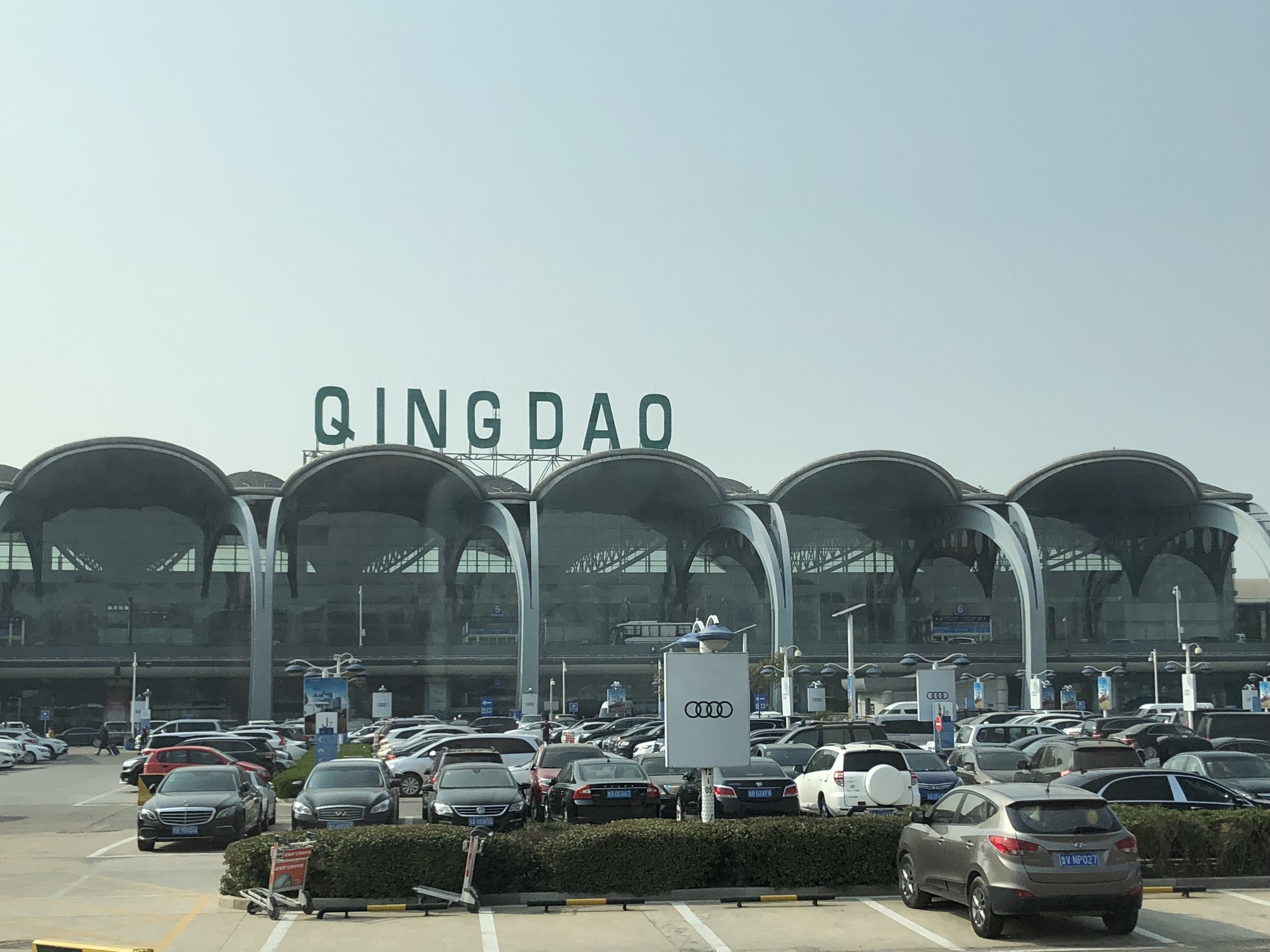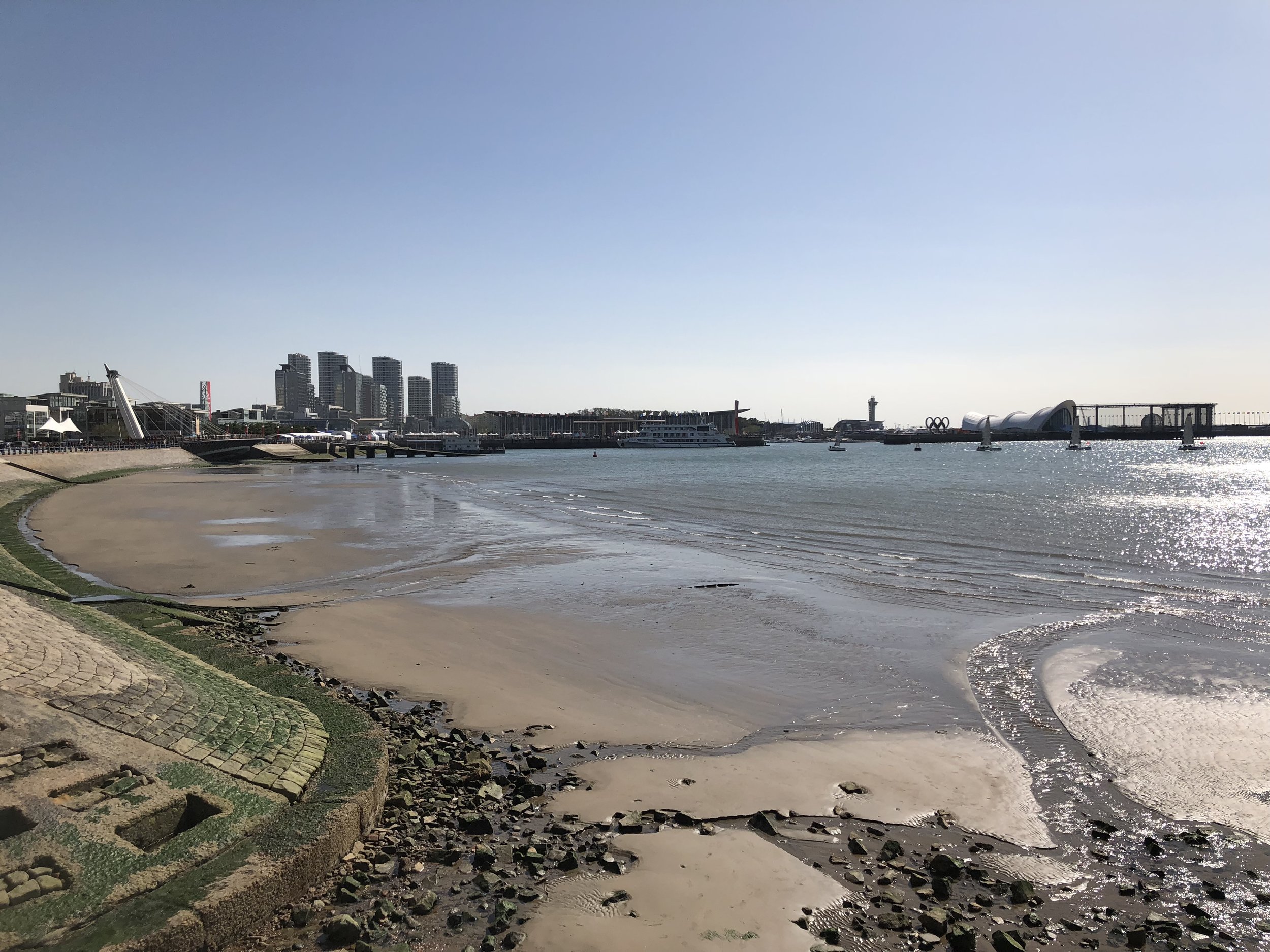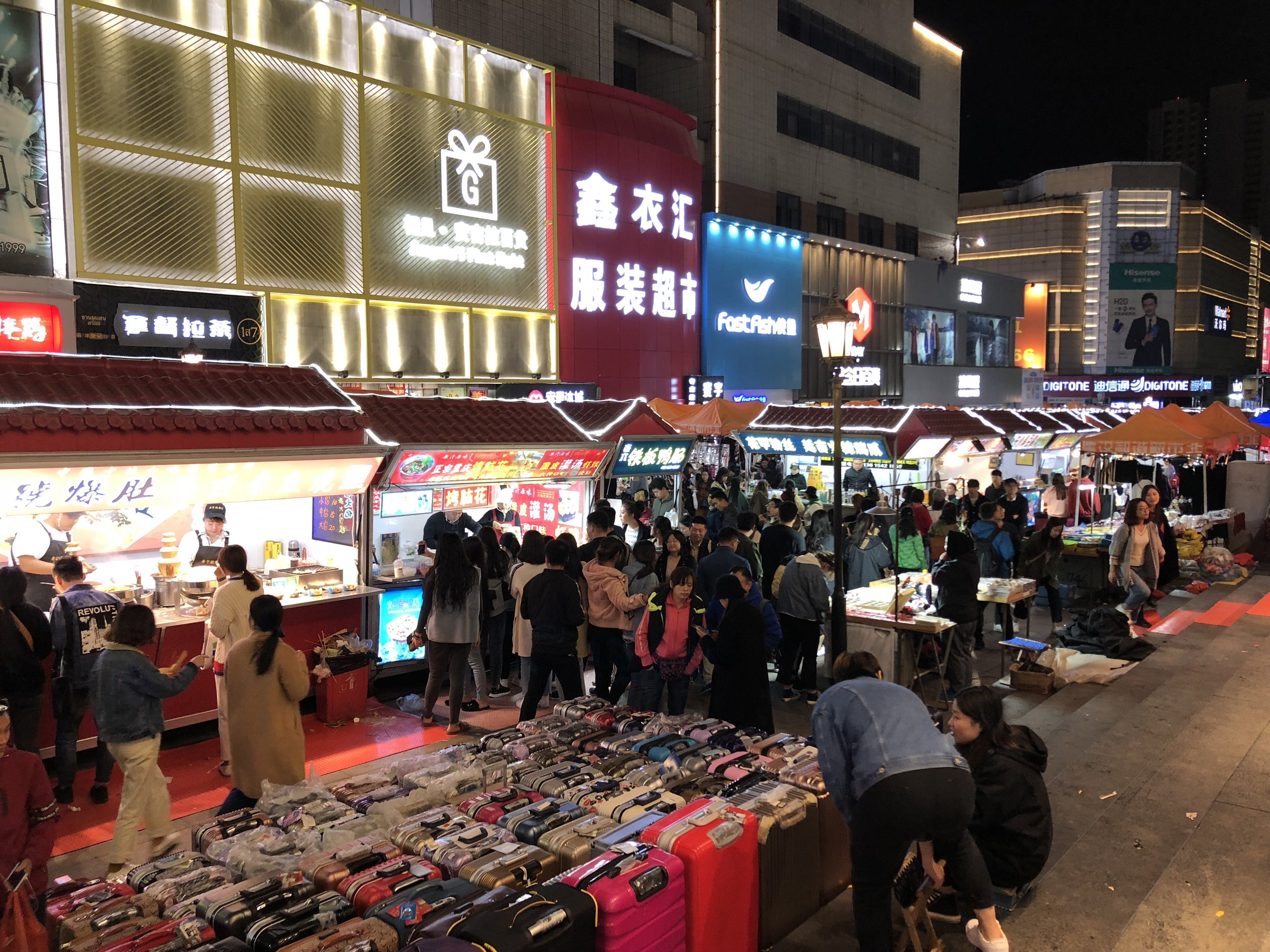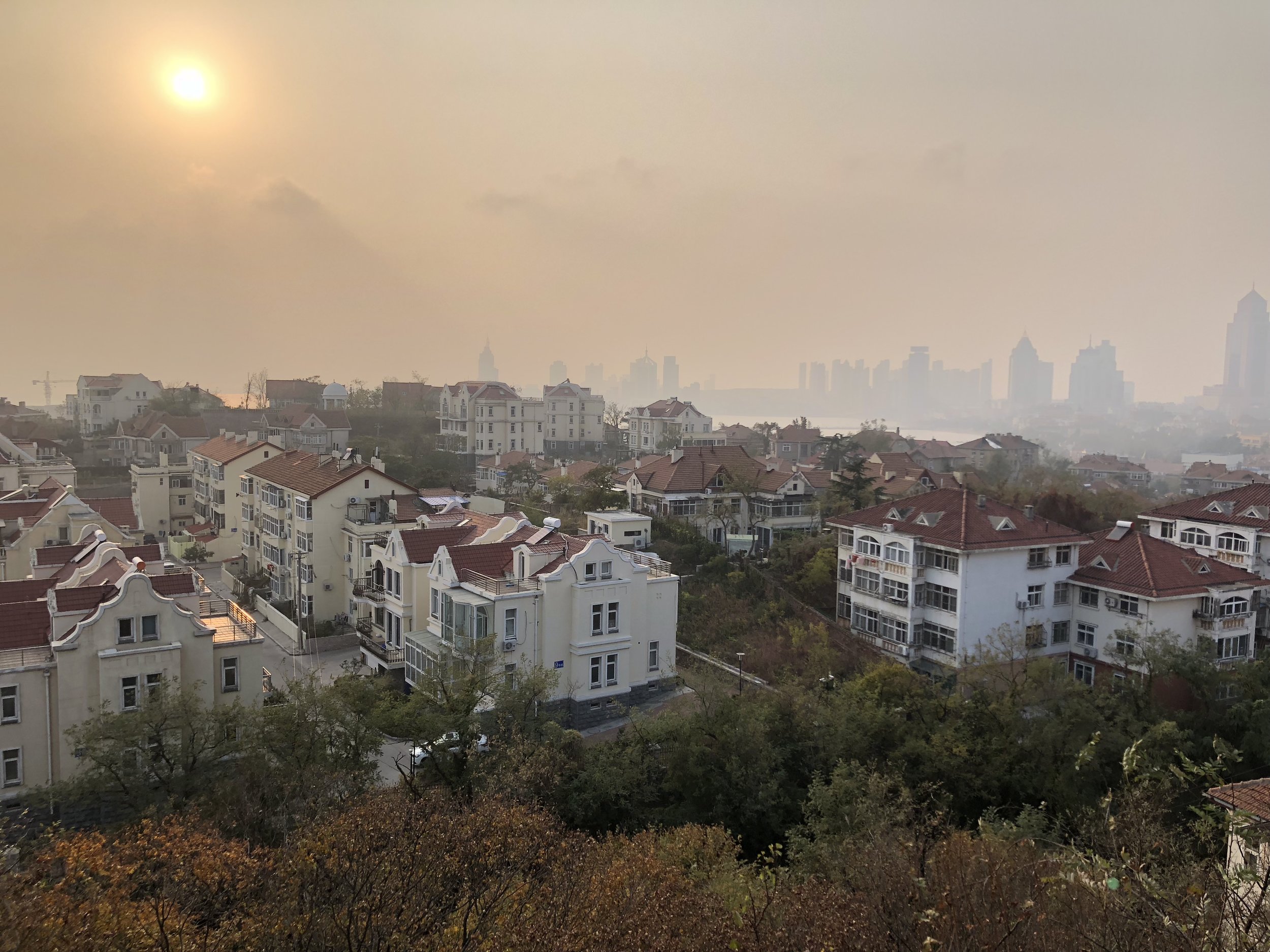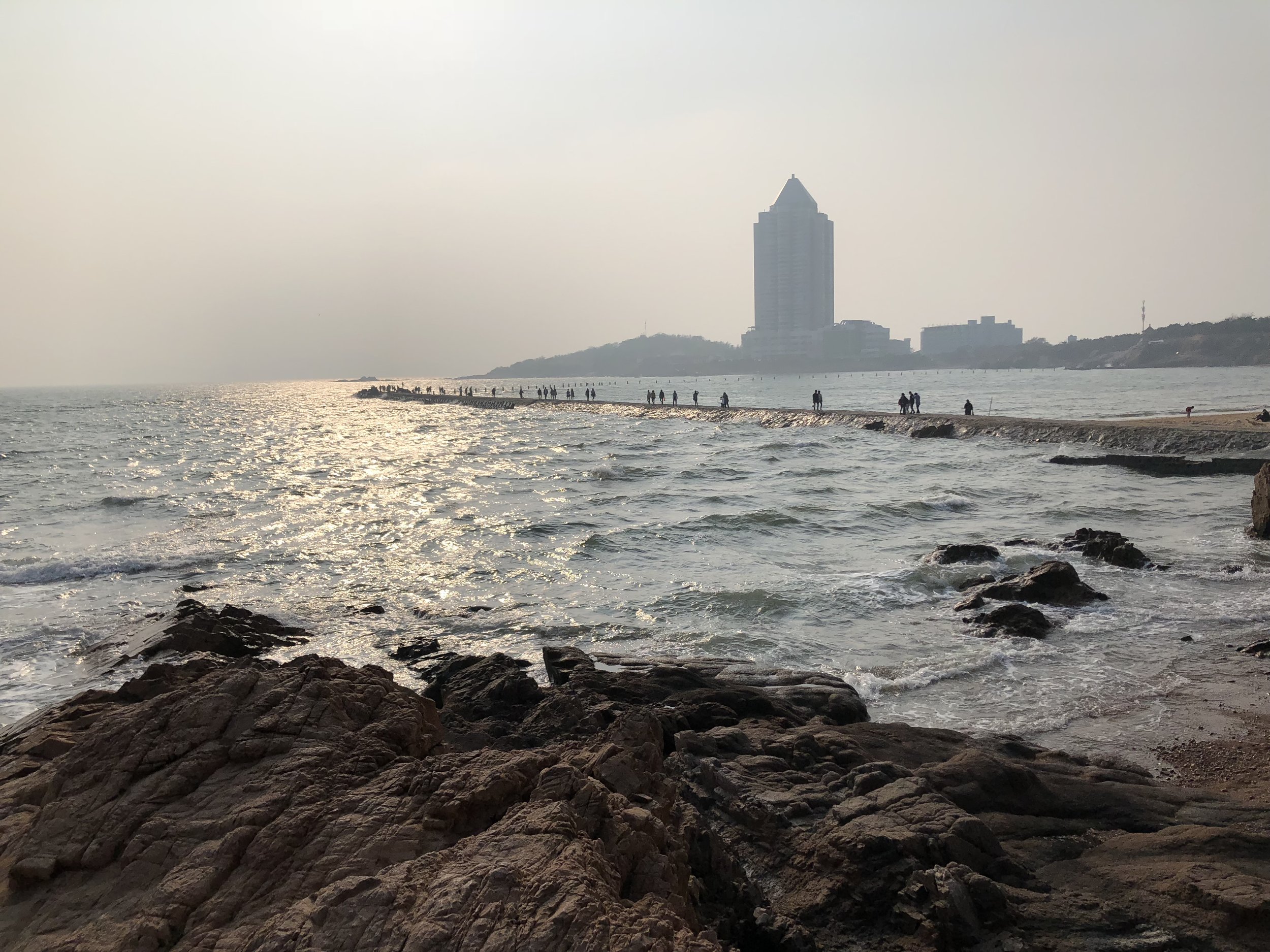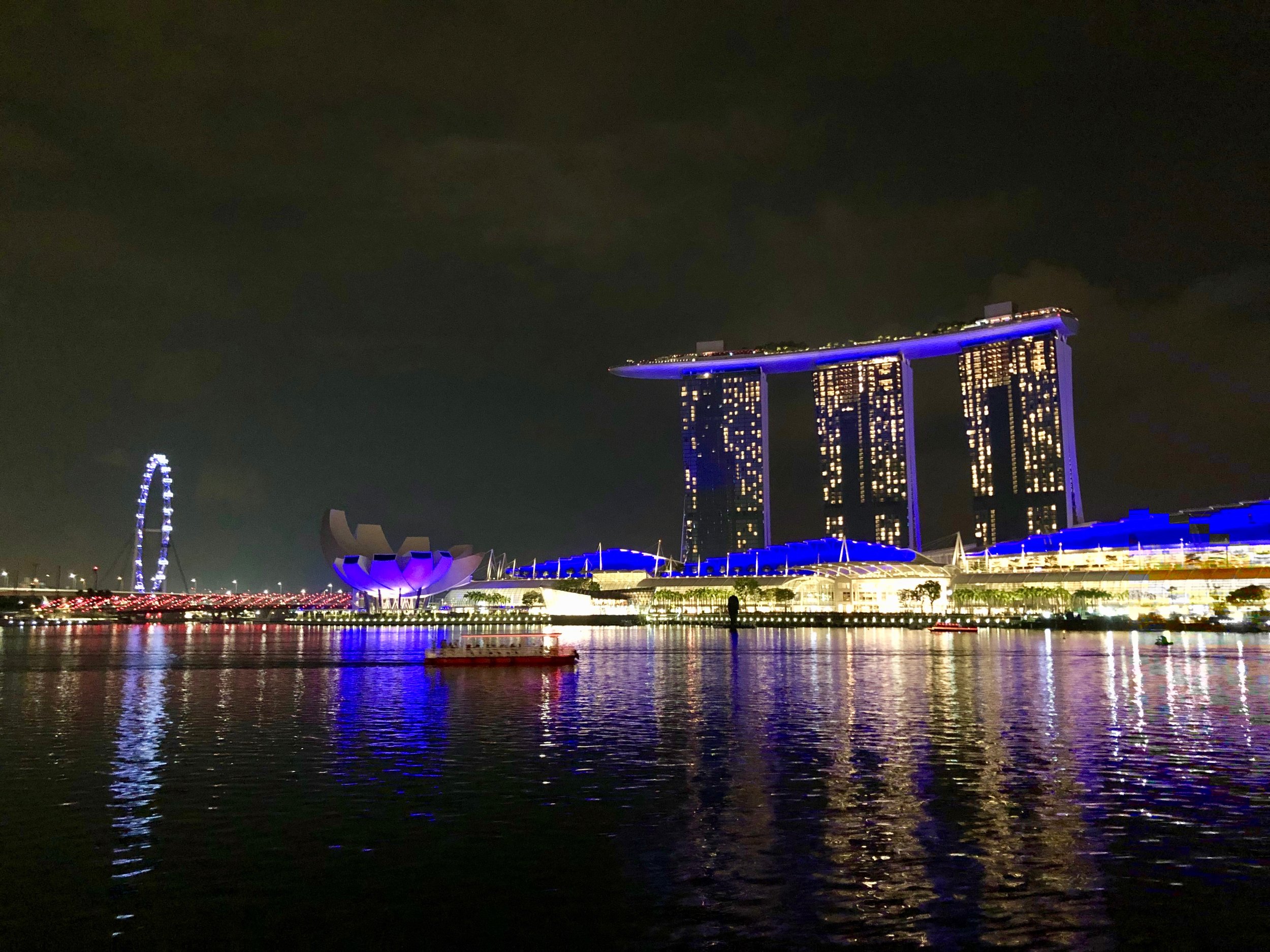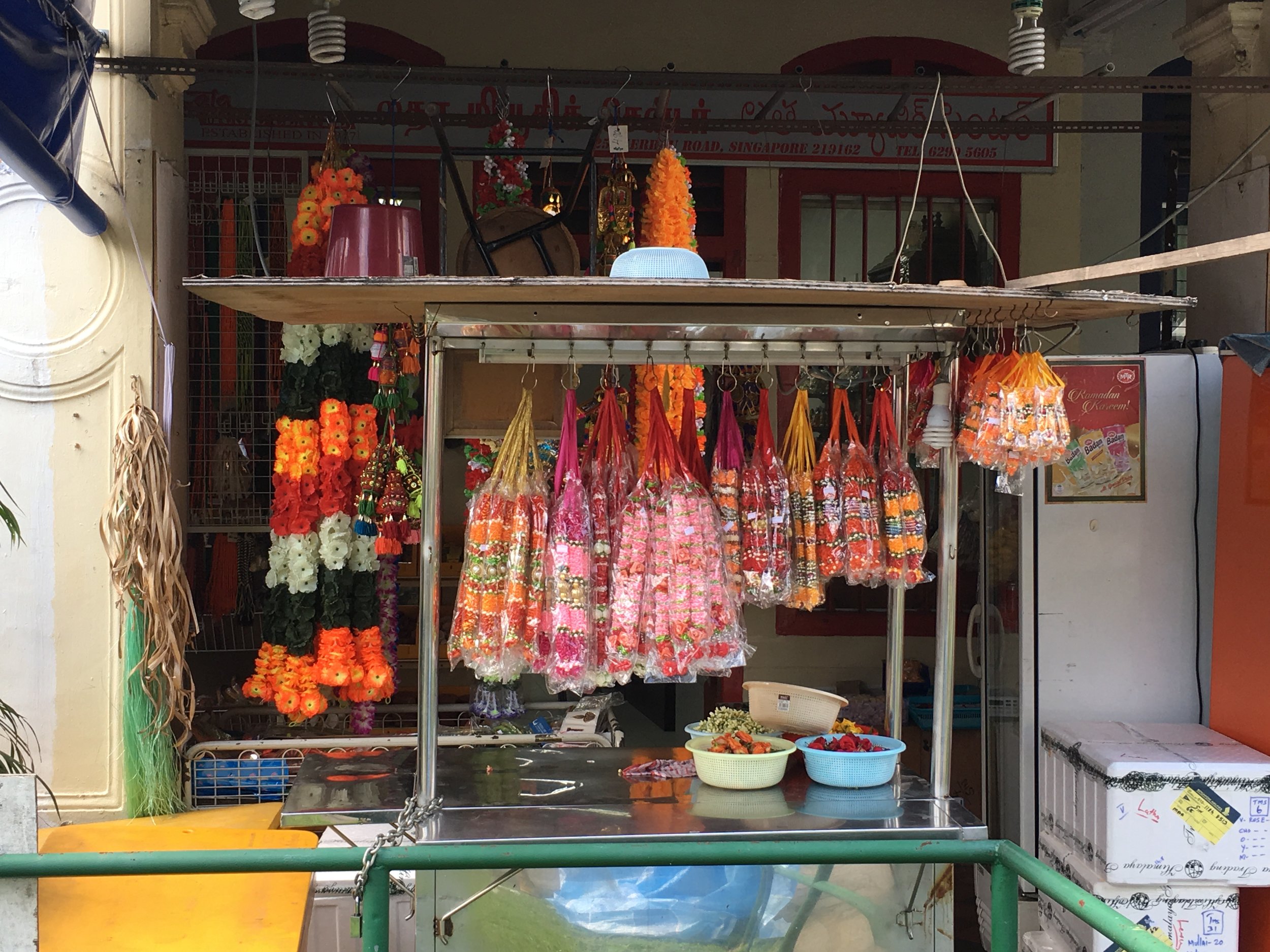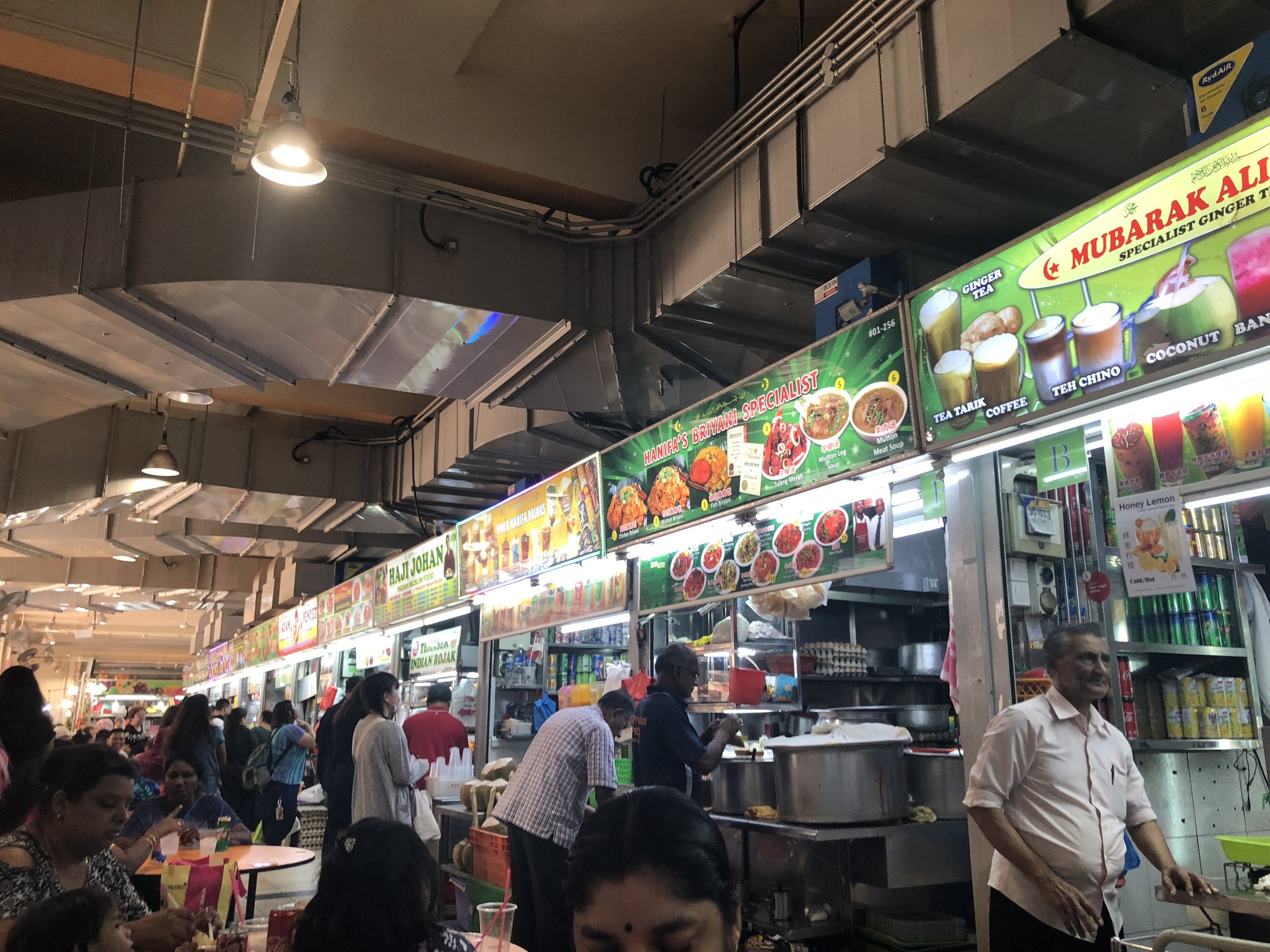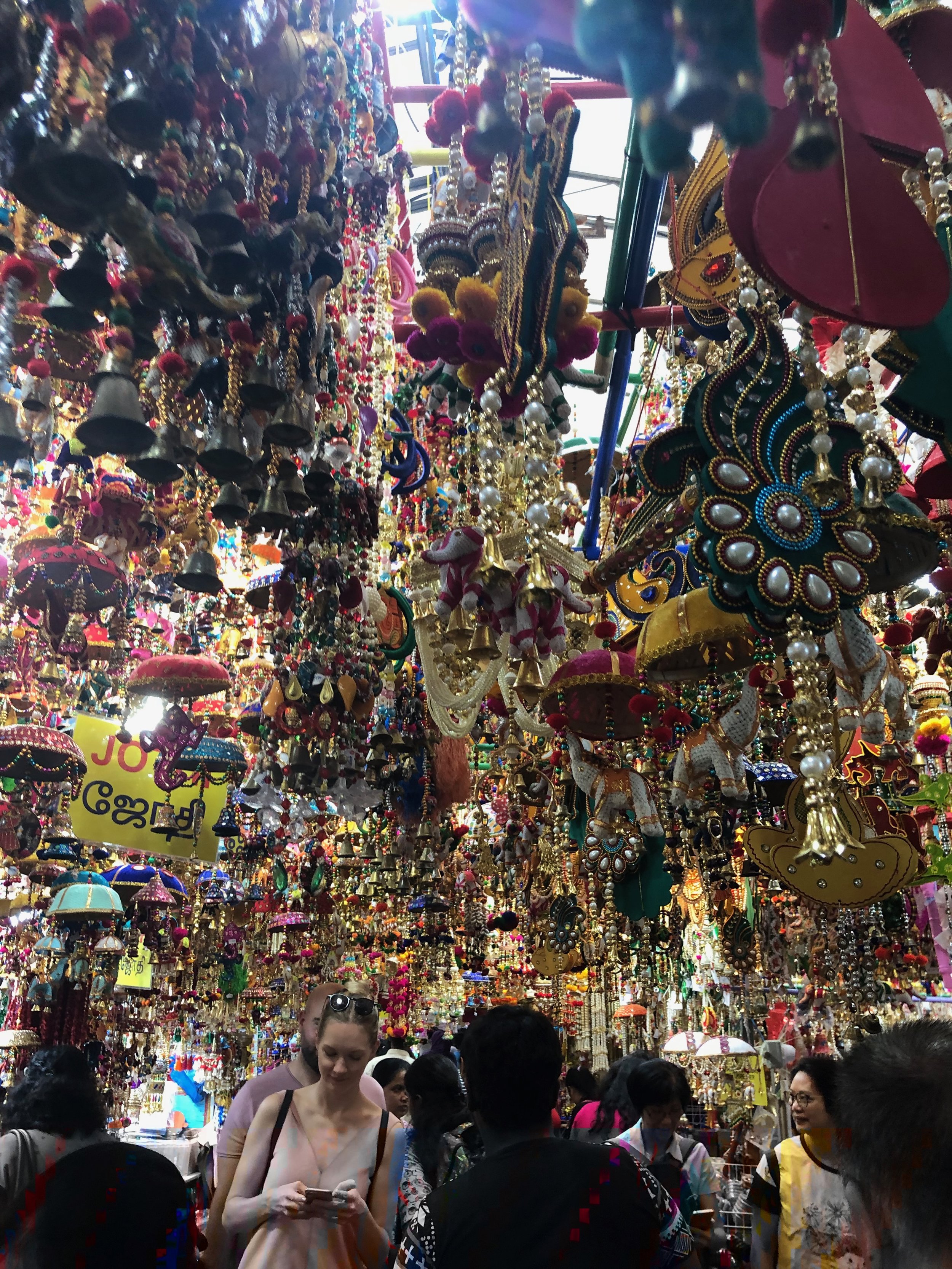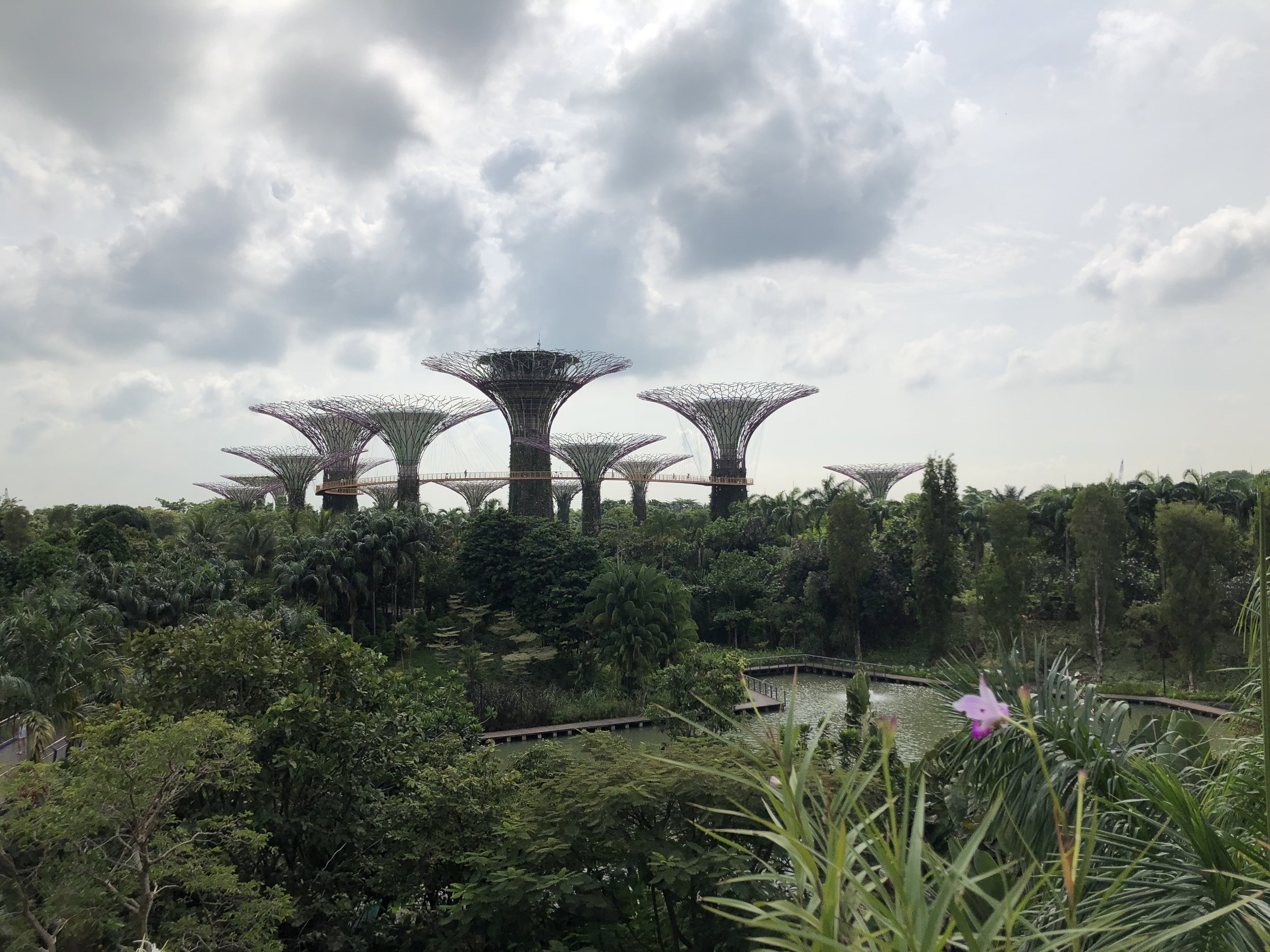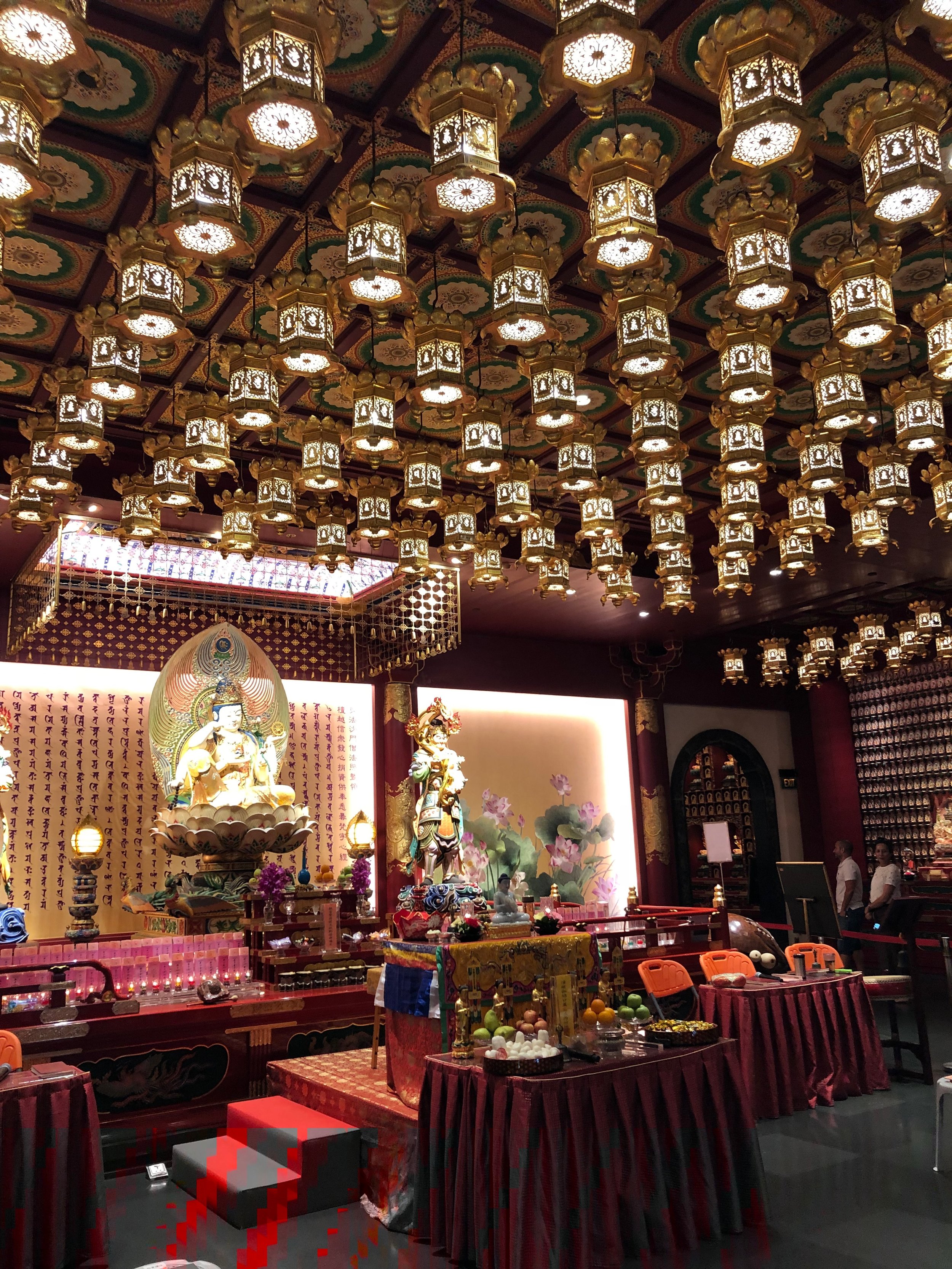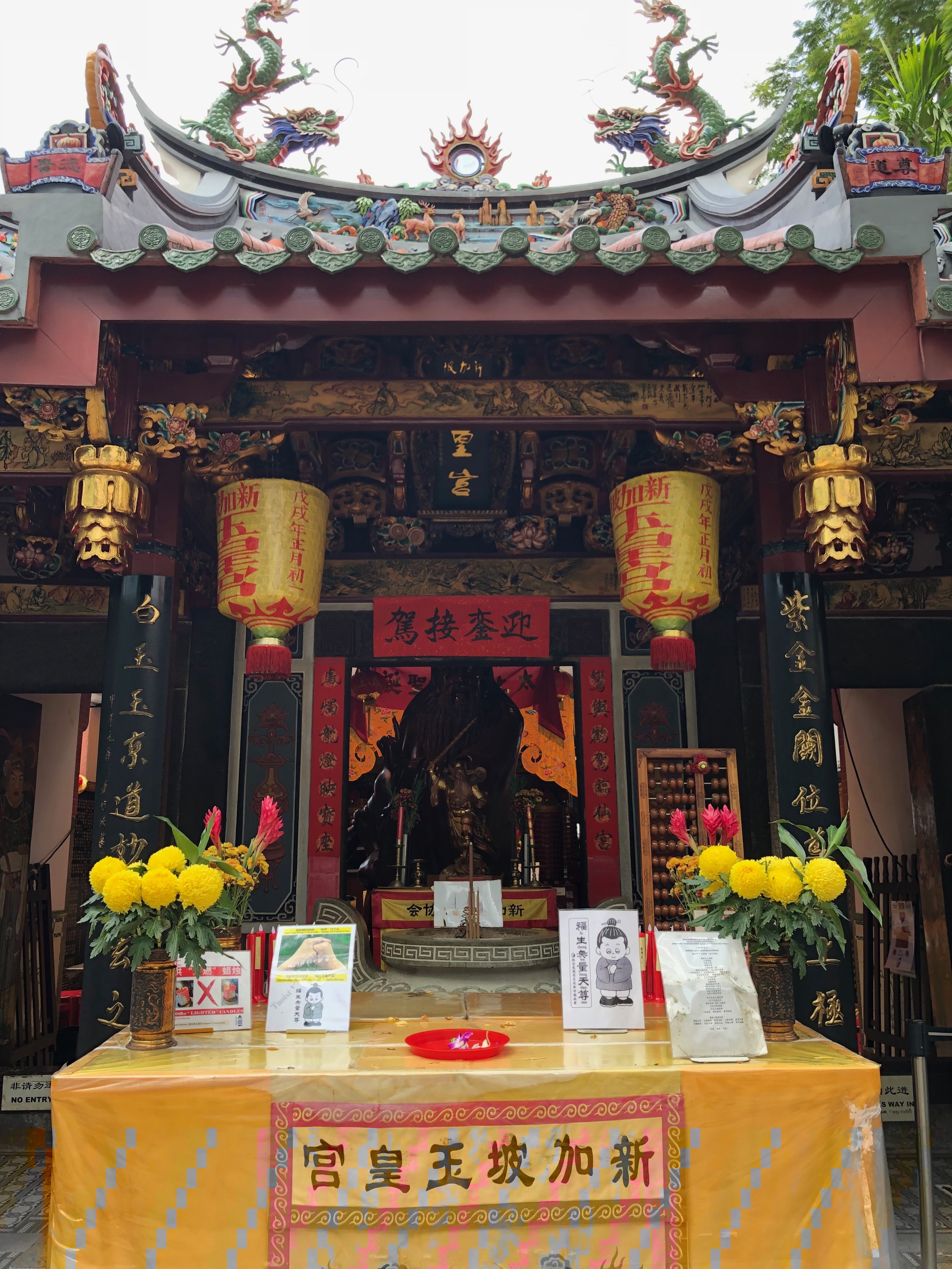As a leading incentive agency, with reputation for unique and inspiring incentive programs, we are increasingly challenged by our corporate clients to come up with out-of-the-ordinary incentive destinations that can motivate their target executives to strive to attain their performance goals. As enjoyable traditional ‘sun-and-sand’ destinations may be, some organizers are now more and more interested in incentive travel that offers their participants a truly exceptional experience with lasting beneficial impact. In what will be a series, we are pleased to present some truly unique incentive destinations that we have had the privilege to use for a few of our clients for their very ambitious and challenge-minded participants.
Photo by Filip Gielda on Unsplash
As one such destination, last summer we organized an incentive program for a small team of very active professionals in a little-known land. That destination was Greenland. If that doesn’t ring familiar, you are not alone. Few people in the world know much about the destination—and fewer have ever traveled there. Greenland is an autonomous constituent country but part of Denmark. World’s largest island, Greenland has a population of just under 60,000 inhabitants. It is situated between the Arctic and Atlantic Oceans, east of the Canadian Arctic Archipelago. Though geographically a part of the continent of North America, Greenland has always been politically and culturally associated with Europe. Most of its residents are Inuit, whose ancestors began migrating from the Canadian mainland in the 13thcentury, gradually settling across the large island. In 2009, Greenland was granted self-rule by Denmark.
Photo by Annie Spratt on Unsplash
Greenland arguably tops the list of most “exotic” destinations for extreme Arctic adventures, such as thrilling heli-skiing, kayaking among towering icebergs, and dogsledding across the top of the world near Qaanaaq (Thule). Roughly 80 percent of the island is covered by the Greenland ice sheet, and no roads connect remote towns and outposts. One can sail or soar into the wild via charter boat, ferry, helicopter, or plane. Adventurous visitors can climb the solid rock walls of south Greenland’s fjords or witness stunning northern lights displays in remote Northeast Greenland’s National Park, the world’s largest, covering an area more than twice the size of California.
Sermersooq Municipality, Greenland
Nothing compares to Greenland for an epic Arctic adventure. Greenland summers are truly glorious. In summertime, after the snow has melted, miniature wildflowers dot the tundra with color. Towards the end of summer, tiny lowbush blueberries and crowberries ripen as dwarf birch turns to gold and russet. Whales frequent the fjord, while icebergs, spawned from massive glaciers, glitter in the light of a late sunset. Beneath granite peaks that tower over deep inlets, Greenland’s east coast offers some of the best hiking and kayaking in the world.
After much anticipation and preparation, our excited group arrived in Greenland’s capital Nuuk, on a private jet. The following morning, after a good night’s rest followed by a hearty breakfast, the group appeared ready to learn a little about this unique land. Greenland’s largest city and capital is fueled on fresh air, strong coffee and diverse personalities. On a city tour, the group learned about Nuuk as a city of vitality, surrounded by immense nature and filled with vibrant Greenlanders leading fascinating lives of old traditions, modern twists, and diverse influences. After a quick visit to the Northern Lights-inspired Katuaq Cultural Center, and marveling at mummies in the Greenland National Museum, our knowledgeable local guide led us to the picturesque Old Harbor that clearly demonstrated the role history and traditions play in this growing city. We wrapped up our tour with a tasting flight of local craft beers at Greenland’s largest microbrewery.
After lunch, the group seemed prepared for their first “workout:” Climbing Ukkusissat Mountain in Nuuk. Greenland is a hiker’s paradise. In Nuuk, it is said that you are not a true ‘Nuummioq’ until you’ve climbed Ukkusissat (aka Store Malene), which is just outside the city center. Our fit group easily made it to the summit, where they were treated to a stunning view of Nuuk and the surrounding fjords.
Day Two was here and the group boarded awaiting helicopters for a scenic transfer from Kulusuk to East Greenland’s small administrative capital of Tasiilaq and from there toAmmassalik Island, where their more-demanding adventures were awaiting. Until just a few years ago, this region was accessible only by hiking or kayaking. East Greenland is possibly one of the most isolated places in the world. Beneath granite peaks that tower over deep inlets, Greenland’s east coast offers some of the best hiking and kayaking in the world. Here, for accommodation, we had planned a deluxe safari-style camp near the Greenland ice sheet—unquestionably a first for most of the group—where our lucky guests were about to experience this amazing Arctic landscape in complete comfort—with close-up views of the Greenland ice sheet. The camp’s location near the edge of mighty Sermilik Fjord provided the group with eye-level vantage point on huge icebergs floating by—and where they were lucky enough to spot a few whales and seals in the frigid waters.
Here, to get the group started on their discovery adventure, we set out to explore this magical land first by water. To create an action-packed teambuilding program for our energetic group, we first put them in what used to be the primary mode of transportation for the island’s Inuit population in centuries past—kayaks. Kayaks were once essential to the people of this region for hunting and fishing. Today, kayaks are making a comeback both as a symbol of national heritage as well as one of the active sports on the island. In fact, to celebrate the important historic role of kayaks, there is now even an Annual Greenland National Kayaking Championship.
On Day Three, our group got a little close and personal with the Greenland way of life. We took the group for an excursion to Kulusuk and Tasiilaq, the capital of East Greenland; and the tiny village of Tinit—a 20-minute boat ride from the group’s base camp—for a tour that outsiders rarely get to enjoy. The group seemed to thoroughly enjoy meeting the locals and learning about the enduring culture and traditions of East Greenlanders. The walking tour—including a visit to the town museum in Tasiilaq—provided the group with a firsthand lesson in the local population’s history and way of life. Most of our participants later noted that the tour provided them with an educated insight into the challenges and rewards of life in modern Greenland—a lesson that they would have not otherwise ever learned.
Before you knew it, Day Four was upon us and, to the disappointment of the entire group, it was time for the long trek back home. Luckily, we had good weather. So, onboard of helicopters again and over the snowcapped coastal mountains for the transfer back to Nuuk, and from there onward to North America equipped with the fondest and most enduring memories of a once-in-a-lifetime incentive trip.
Need inspiration for your next incentive program? Let the professionals at the Maxxus Group make a recommendation that is sure to wow your participants and measurably improve your ROI.













